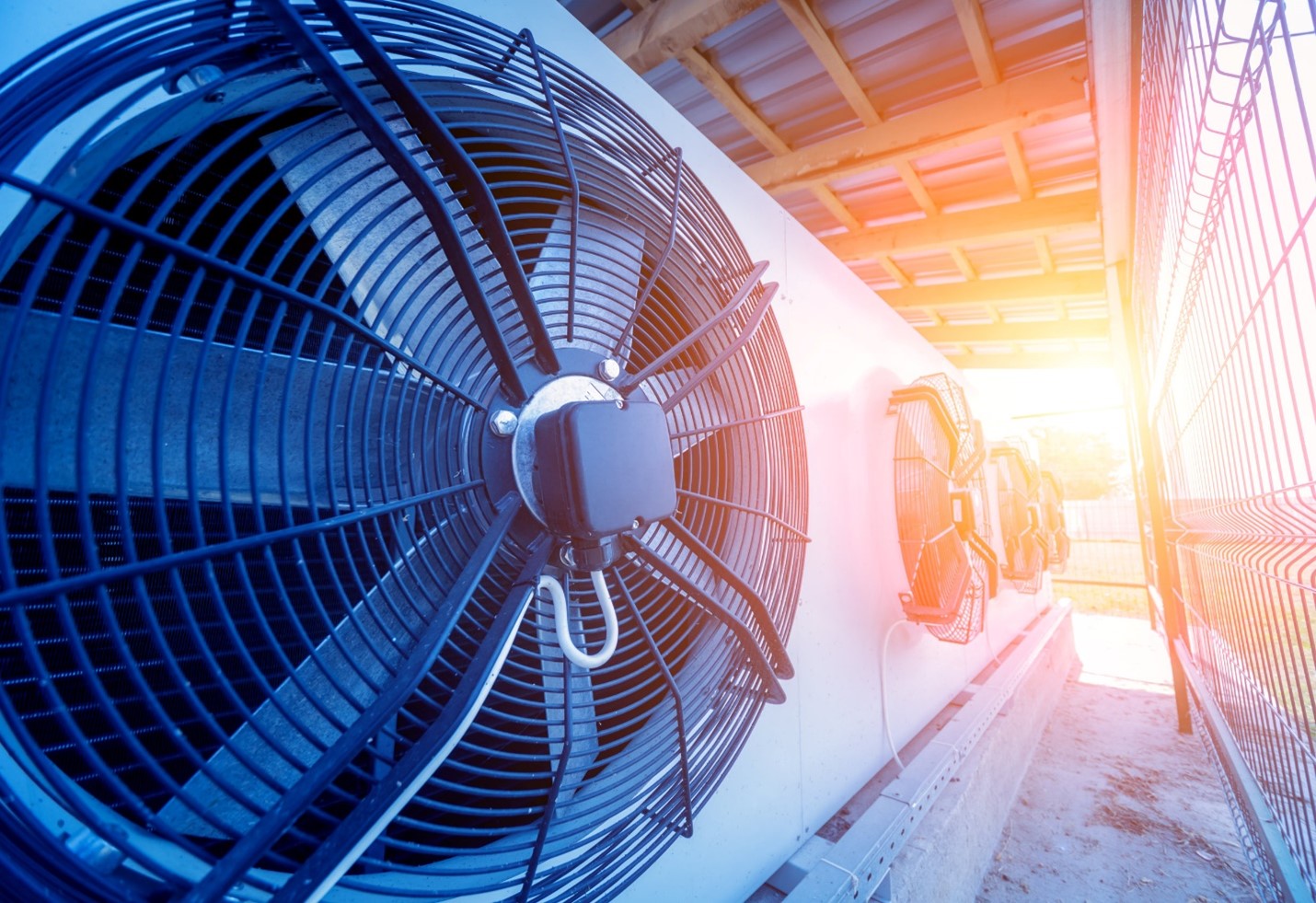Have you ever wondered what the benefits of having a whole house fan are? Have you wondered just how energy efficient a whole house fan might be, perhaps compared to an A/C? Read on as we break it down a little to help you decide if installing a whole house fan is right for you and your household.
How Does it Work?
Whole house fans draw cool air in from the outside and move hot air out. They are centrally installed so they can optimize air in any area of the home. Whole house fans are normally connected through the return-air ductwork in your HVAC system or (vented elsewhere in your home) and can range anywhere from $600 to $2,000 before install. On average, a whole house fan system will give you up to 30 air change cycles per hour. That can be incredibly effective for reducing allergens and irritants in the air. When used in combination with an air conditioning unit, whole house fans can reduce the burden on the A/C itself and decrease energy costs by pre-cooling the air to be conditioned.
So Just How Energy Efficient Are Whole House Fans?
According to experts, whole house fans are anywhere from 50 to 90% more energy efficient than air conditioning.

That percentage of energy usage depends on the efficiency of the air conditioner being compared, as well as which whole house fan system you choose to install.
The cost savings over time is also significant when combining the whole house fan with multi-speed functionality, remote control settings and other timer controls. These controls can increase energy savings by running the unit only as necessary and while the HVAC is not turned on. This fan creates an air purification and circulation system that works wonders for the health of your home and family.
Cooling Benefits of Whole House Fans
While the operational benefits are significant in terms of energy efficiency and costs, there is the age-old question:
Does a whole house fan actually cool your home?
And the answer is a resounding yes. Dispelling any misconceptions about this little-known home cooling solution is essential because it does offer a lot of cooling potential as a standalone option or a supplemental solution to your existing HVAC system. Perhaps the most appealing consideration of all is that whole house fans can be procured and installed without some of the significant costs associated with more complex cooling systems.
Yet the system’s cooling ability is increased, so long as some basic requirements are met. Low humidity levels are essential to the operation of the system. Typically, that means the average humidity should hover around 50% or less in your area. Outside temperature is also a factor; so long as humidity levels are accounted for, an outside temperature up to 80 degrees should yield a comfortable environment inside your home. So regions like Florida might be better off opting for a only a traditional air conditioner or ducted HVAC solution given the high humidity during the summer, while low-humidity states like Arizona and Colorado are excellent candidates for a whole home fan cooling solution. Areas like the northeast and the west coast benefit from cool winds coming off the coast to help create environments where an energy efficient whole house fan would be a great choice to cool your home and save money. There are certainly are other areas in the country where a house could benefit from the energy efficient and air purification nature of a whole house fan.
What are the differences in Whole House Fans?
Generally speaking the difference has to do with fan speed and efficiency of the motor in the whole house fan. Here are the 2 series featuring different motors.
Whole house fans with ECM Motors
Everest Series whole house fans feature a highly efficient Electronically Commutated Motor (ECM) motors that operates at an optimally low cfm/watt draw consuming up to 90% less energy than traditional air conditioning.
Whole house fans with PSC Motors
Cascade whole house fans feature a Permanent Split Capacitor (PSC) motor that is both economical AND reliable. They work on up to 70% less electricity than what traditional air conditioning set-ups do.
 US Dollars
US Dollars
